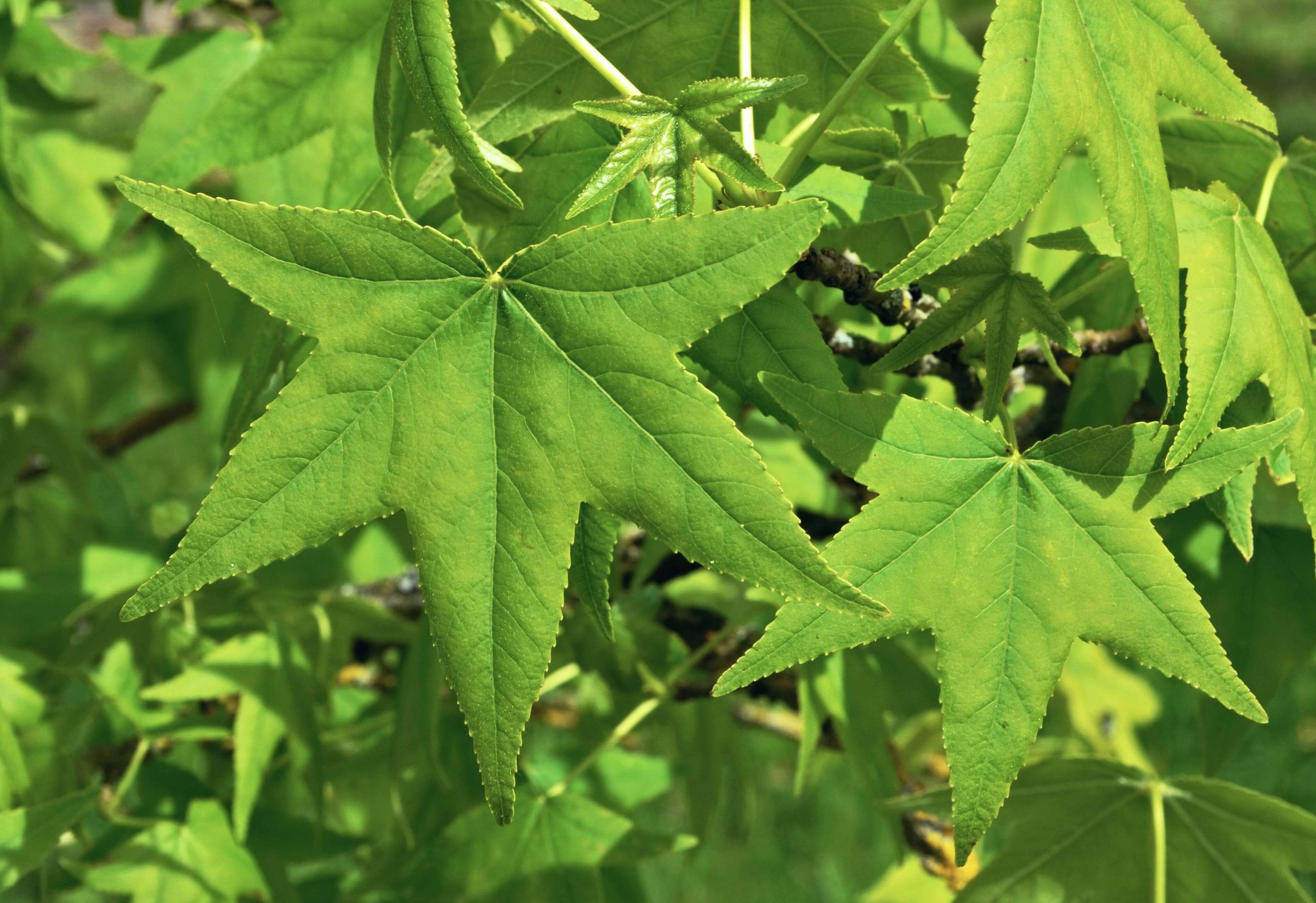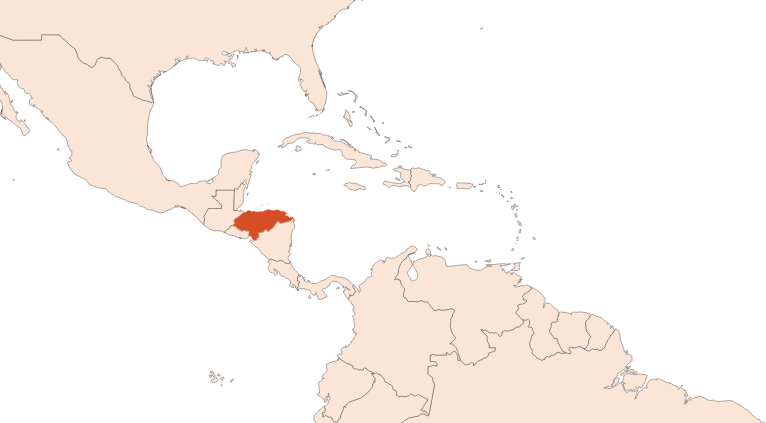Styrax Resinoid
Naturelle
Balsamic Ambery > Balsamic > Animalic > Vanillic > Leather

Crédits photo: ScenTree SAS
Latin name :
Liquidambar orientalis
Botanical profile :
Styrax is a tree of the Hammamelidae family and the genus Liquidambar.
Geographic origin :
Native to Asia Minor, styrax is a tree now grown in Turkey and Central America (particularly in Honduras)
Chemotypes :
The genus Liquidambar has two major species cultivated for perfumery:
The Liquidambar styraciflua (present in Latin America, especially in Honduras) naturally exudes the resin. Its composition is richer in Beta-Caryophyllene.
The Liquidambar orientalis (present in Turkey) must be hammered to exude the resin.
Two other species can be used in perfumery, but on a smaller scale:
The Liquidambar formosana, or Formosan sweetgum, from China.
The Liquidambar acalycina, also from China (South of the country).
The Liquidambar styraciflua (present in Latin America, especially in Honduras) naturally exudes the resin. Its composition is richer in Beta-Caryophyllene.
The Liquidambar orientalis (present in Turkey) must be hammered to exude the resin.
Two other species can be used in perfumery, but on a smaller scale:
The Liquidambar formosana, or Formosan sweetgum, from China.
The Liquidambar acalycina, also from China (South of the country).
Extraction process :
Styrax is a medium-sized tree that secretes a resin in its sapwood (the youngest part of a tree) and its bark.
The resin is naturally secreted by the trees but its secretion can be accelerated by an incision or voluntary hammering of the tree. After a month drying on the tree, the resin is collected to be extracted by steam distillation after filtration.
The drying hardens the resin, which turns brown due to oxidation. Once placed in the extraction tank, alcohol is added to proceed to a glazing process : the mixture is submitted to a temperature gradient, from 60°C to 0°C, to make the waxes precipitate. After filtration and evaporation of the alcohol, the resinoid is obtained.
Styrax EO, resulting from a steam distillation, lasts less on the skin, is more floral and plastic than the resinoid. There is also a CO2 extract of Styrax, which gives the extract a higher olfactory quality, but is more expensive.
The leaves of the tree can also be extracted, to obtain an essential oil whose composition is more volatile and smell is very terpenic.
The resin is naturally secreted by the trees but its secretion can be accelerated by an incision or voluntary hammering of the tree. After a month drying on the tree, the resin is collected to be extracted by steam distillation after filtration.
The drying hardens the resin, which turns brown due to oxidation. Once placed in the extraction tank, alcohol is added to proceed to a glazing process : the mixture is submitted to a temperature gradient, from 60°C to 0°C, to make the waxes precipitate. After filtration and evaporation of the alcohol, the resinoid is obtained.
Styrax EO, resulting from a steam distillation, lasts less on the skin, is more floral and plastic than the resinoid. There is also a CO2 extract of Styrax, which gives the extract a higher olfactory quality, but is more expensive.
The leaves of the tree can also be extracted, to obtain an essential oil whose composition is more volatile and smell is very terpenic.
Major Components :
Data not available.
- Uses in perfumery :
- Pyrogenated styrax is used in fine fragrance for leather accords, to be included in the typical scheme of some oriental and chypre perfumes, and for white flowers accords. It brings a more pyrogenic and leathery note than other styrax extracts.
- Other comments :
- Globally, Styrax EO Pyrogenated is used to bring a smoky woods aspect to leather compositions, Styrax EO for its white flowers facet and Styrax Resinoid for an animalic note.
The fragrant ambered resin secreted by the tree is intended to heal the bark in case of incision or natural injury. In ancient Egypt, Styrax was used for fumigations as an offering to the gods, as well as myrrh and khyphi.
Styrax is sometimes called storax, as it was in the old days. - Volatility :
- Base
- Appearance :
- Viscous amber liquid
- Stability :
- Solubility issues in perfumes
Aromatic compounds can be chromophoric and cause a coloration of the oil, especially in alkaline bases - Price Range :
- €€€
- Aromatherapy :
Informations provided below are taken from reference works in aromatherapy. They are given for information purposes only and can not constitute medical information, nor engage the responsibility of ScenTree.
Styrax resin is known for its antitussive properties (cough) and is therefore recommended for bronchitis.

Crédits photo: ScenTree SAS
- EINECS number :
- 305-627-6
- FEMA number :
- 3037
- Allergens :
- Cinnamyl Alcohol - Cinnamaldehyde - Benzyl Cinnamate
- IFRA :
- This ingredient is not restricted
To learn more about IFRA's standards : https://ifrafragrance.org/safe-use/library
ScenTree is solely responsible for the information provided here.



